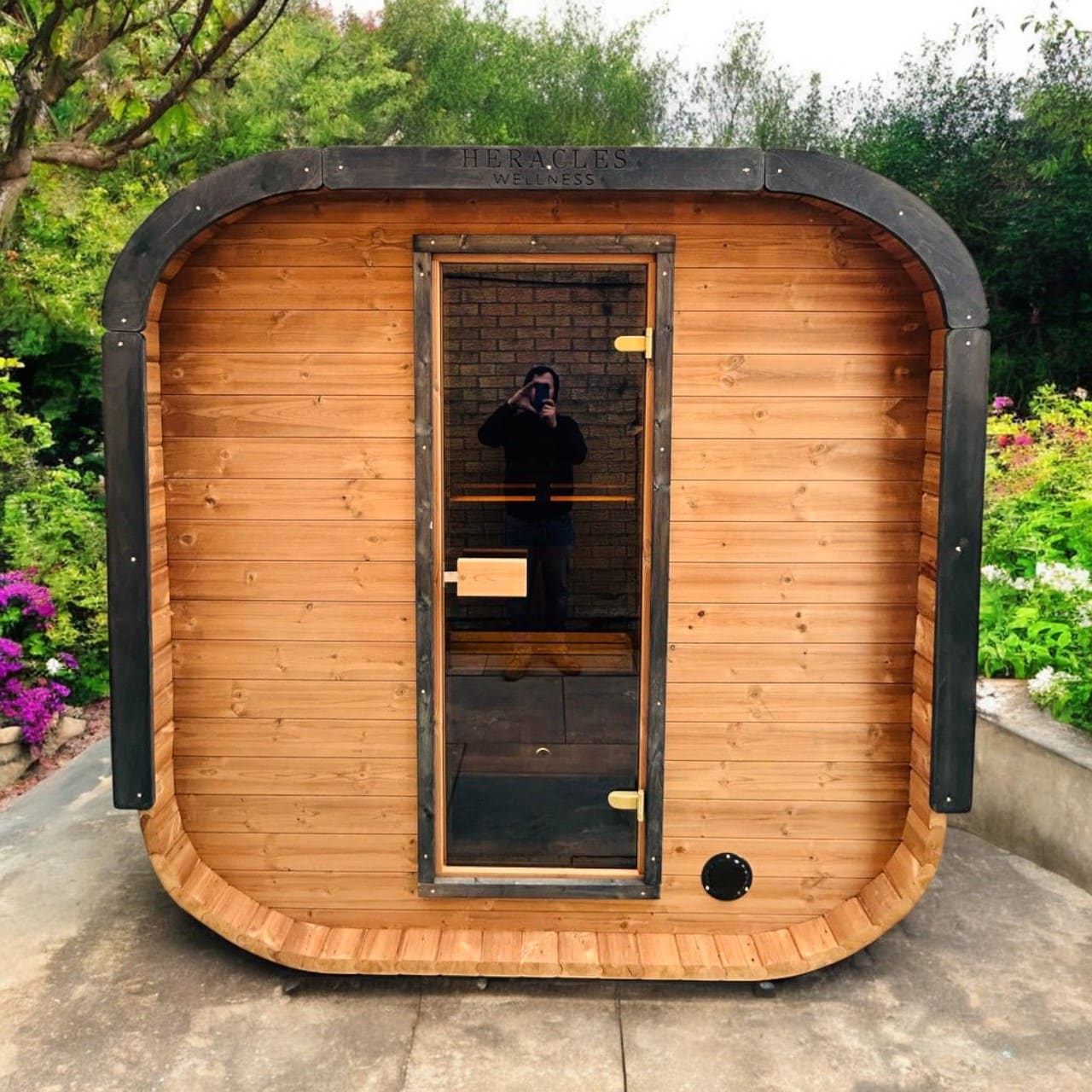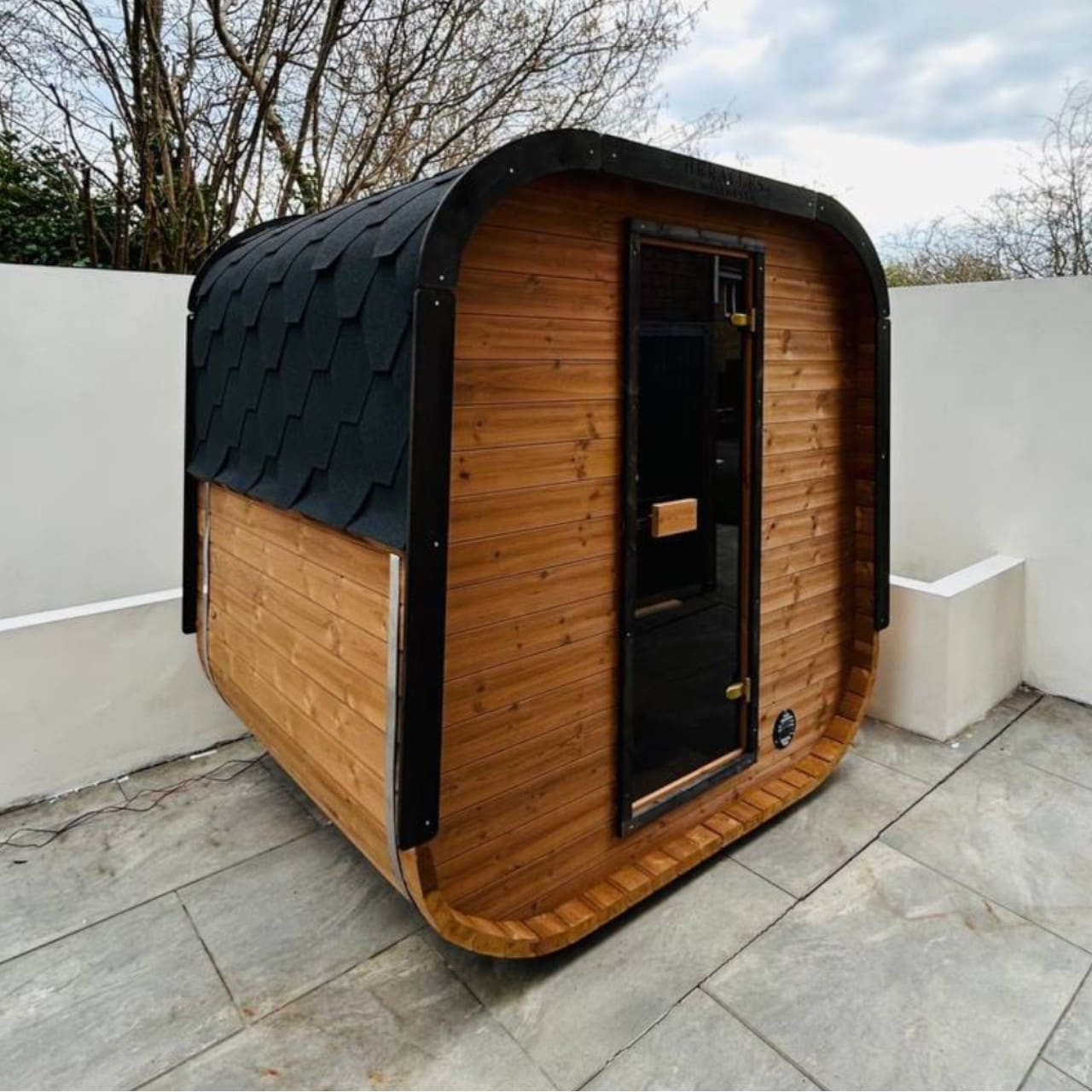Ice baths, a form of cold therapy, have gained popularity for their potential to enhance recovery after intense physical activity. Immersing yourself in cold water may sound daunting, but supporters claim it can lead to benefits such as reduced muscle soreness and inflammation. The ideal duration for staying in an ice bath varies, with experts suggesting times ranging from a brief dip to up to 15 minutes based on individual tolerance and objectives.

Determining the right balance in ice bath duration is essential to maximise the benefits while minimising risks. Too little time might not allow for the full therapeutic effect, whereas too long could lead to adverse reactions. It's important to begin gradually and pay attention to your body's response to the cold.
Key Takeaways
- Ice baths can help with recovery and inflammation.
- Start with shorter durations and gradually increase as tolerated.
- Listen to your body to find the right balance for your ice bath sessions.
The Science Behind Ice Baths
Cold water immersion, known as ice baths, is increasingly popular among athletes and fitness enthusiasts for its potential to expedite recovery and reduce inflammation. The science delves into how your body reacts to cold exposure and what benefits it might provide.
Understanding Cold Exposure
When you immerse yourself in cold water, your body experiences a shock due to the sudden drop in temperature. This practice, often done at temperatures between 10-15°C (50-59°F), triggers your body's natural survival mechanisms, which can lead to various physiological benefits.
Physiological Effects of Cold Water
The primary response to cold exposure involves the constriction of blood vessels, which helps preserve core body warmth. It's a process known as vasoconstriction. After an ice bath, when you warm up, the blood vessels dilate, which may enhance blood flow and aid muscle recovery.
Ice Baths and Inflammation
Ice baths are thought to contribute to lowering inflammation and reducing muscle soreness post-exercise. The relationship between cold water immersion and inflammation is an area of interest, with some evidence pointing to a decrease in inflammatory markers after repeated exposure.
Remember, the time you spend in an ice bath should be carefully timed and adjusted based on how your body reacts.
Practical Guidelines for Ice Baths
Before diving into an ice bath, understanding the correct procedure, duration, and safety guidelines is crucial for a beneficial experience while minimising risk.
How to Prepare for an Ice Bath
To prepare for an ice bath, start by ensuring all necessary items are at hand. First, fill your bathtub with cold water, then add ice until the water temperature reaches approximately 10-15 degrees centigrade (50-59 degrees Fahrenheit). Acclimatise your body by dipping a foot before fully immersing yourself to avoid shock.
Time and Temperature Considerations
The time you spend in an ice bath should be carefully monitored. Initially, aim for 1-2 minutes, especially if you're a beginner, and gradually increase to a maximum of 10-20 minutes as your tolerance builds. Keep the water temperature steady, between 10-15 degrees centigrade (50-59 degrees Fahrenheit), to maintain a consistent cooling effect on your blood vessels.
Safety Tips and Preventing Hypothermia
Safety is paramount when taking an ice bath. Avoid staying in the cold water for too long to prevent hypothermia, where your body temperature drops to dangerous levels. If you start to shiver uncontrollably or experience numbness, it's time to get out. Always have a warm towel and clothes ready to gradually bring your body temperature back to normal.
Maximising Benefits and Recovery
Exploring the optimal strategies for post-exercise recovery is crucial. Ice baths are a popular recovery method that, when utilised properly, can help reduce muscle soreness and speed up the recovery process.
Active Recovery and Ice Baths
Active recovery can be enhanced by ice baths, especially if you're aiming to reduce muscle soreness after strenuous activity. These are not just for athletes; anyone can benefit from this combination. Consider the following points:
- Duration: Begin with 5-10 minutes in the ice bath and gradually increase as your tolerance to cold improves.
- Consistency: Regularly including ice baths in your recovery routine may also enhance the overall benefits.
Post-Workout Ice Bath Strategies
Implementing ice baths after a workout should be strategic:
- Immediate Use: Engage in an ice bath right after your workout to help speed up recovery.
- Temperature: Aim for water temperatures around 12-15°C (54-59°F), which can be effective without being unbearably cold.
Building Tolerance and Frequency
To make the most of ice baths as a recovery tool, building tolerance to cold is essential.
- Incremental Increase: Start with shorter sessions and gradually build up to longer ones.
- Frequency: Consistency is key; try to take an ice bath after intense sessions to get accustomed to the routine.
Ice baths may help with muscle recovery and reducing soreness when used as part of a broader set of recovery techniques. Remember, always consult with a healthcare professional before starting any new recovery routine, especially if you have health concerns.
Conclusion
Navigating the optimal duration for your ice bath is crucial for harnessing the benefits of cold therapy. It's generally recommended that you stay in an ice bath for 10-15 minutes at temperatures between 10-15 degrees Centigrade (50-59 degrees Fahrenheit).
Staying within this timeframe helps minimise risks while allowing your body to thoroughly experience the effects of the immersion. If new to ice baths, it's advised to start with shorter durations and gradually increase as your tolerance builds up.
Remember, it's always important to listen to your body's responses and to consult with a healthcare professional if unsure about this practice.
Q: What are the benefits of ice baths?
A: Ice baths can help reduce inflammation, improve muscle recovery, enhance circulation, and potentially increase endurance and mental toughness.
Q: How long should you stay in an ice bath?
A: It is recommended to stay in an ice bath for about 10-15 minutes, but beginners can start with shorter durations and gradually increase as they become accustomed to the cold water therapy.
Q: How do ice baths work?
A: When you submerge yourself in the cold water and ice, it constricts blood vessels and reduces metabolic activity, which helps to decrease swelling and tissue breakdown. Upon exiting the ice bath, the underlying tissues warm up, causing a return of faster blood flow, which may help to flush out metabolic waste products.
Q: How can I take an ice bath at home?
A: You can fill a bathtub with cold water and add ice to achieve the desired temperature. It is essential to monitor the water temperature and duration to prevent any potential injuries or adverse effects.
Q: What are some tips for taking an ice bath?
A: Gradually acclimate your body to the cold by starting with a brief exposure, wear warm clothing after the ice bath, and consider using cold-water immersion after intense workouts for best results.
Q: What are the potential benefits of cold water therapy?
A: Cold water therapy, such as ice baths, may aid in injury recovery, reduce muscle soreness, and improve overall athletic performance by enhancing recovery and promoting physiological adaptations to cold temperatures.
Q: How do I know how long to stay in the ice bath?
A: Pay attention to your body's response to the cold and gradually increase your exposure time. If you start feeling excessively uncomfortable, it's advisable to exit the ice bath and gradually build up your tolerance over time.
Q: What is the history of using cold water and ice for therapeutic purposes?
A: Cold water therapy has been used for centuries, with cultures worldwide embracing the potential benefits of cold water exposure for physical and mental well-being. Various traditional practices and modern applications have evolved over time to incorporate cold plunges, cold showers, and ice baths.
Q: Can I use ice baths for reducing inflammation?
A: Yes, ice baths are known to help reduce inflammation by constricting blood vessels and decreasing tissue swellings. The cold exposure may also aid in mitigating the onset of delayed onset muscle soreness (DOMS) and facilitate faster recovery post-exercise.
Q: What are the best ways to experience the benefits of cold water therapy?
A: You can experience the benefits of cold water therapy by regularly exposing yourself to cold temperatures, using ice baths, taking cold showers, or even incorporating cold-water immersion strategies into your recovery routine after intense physical activities.















Leave a comment